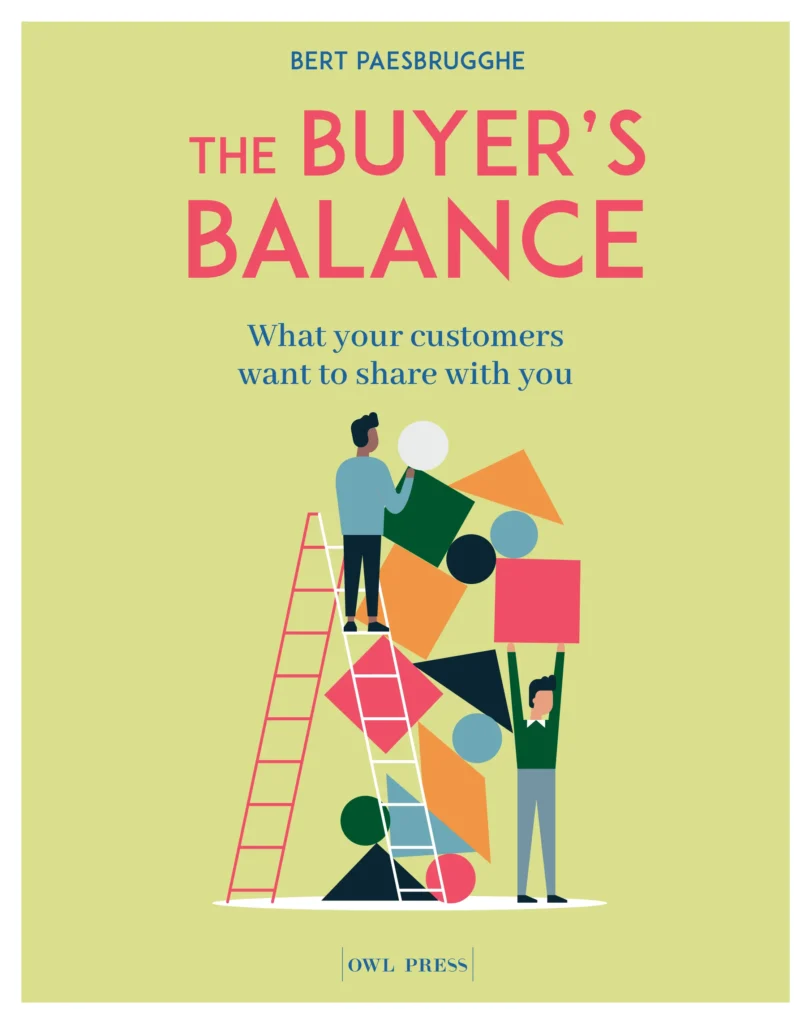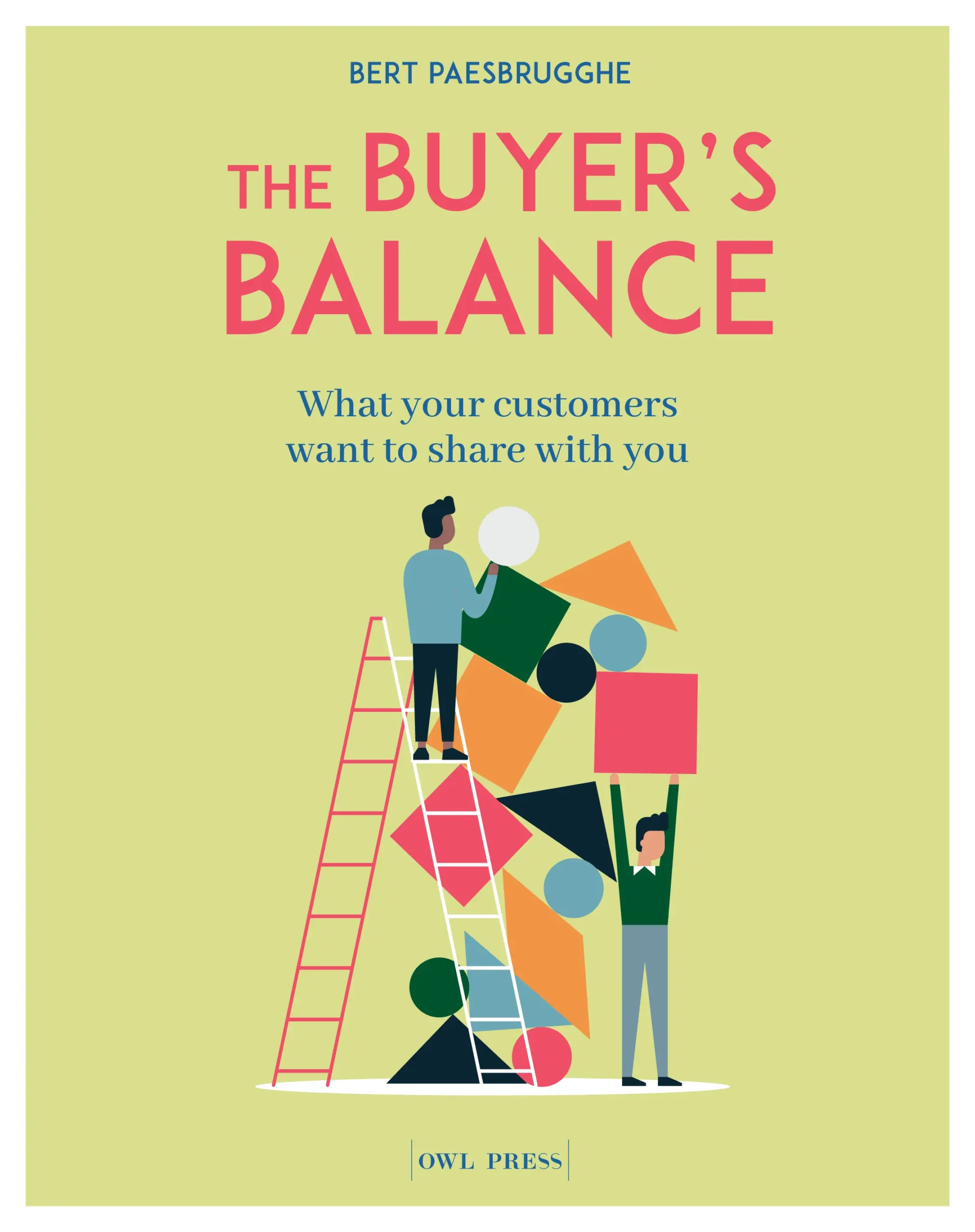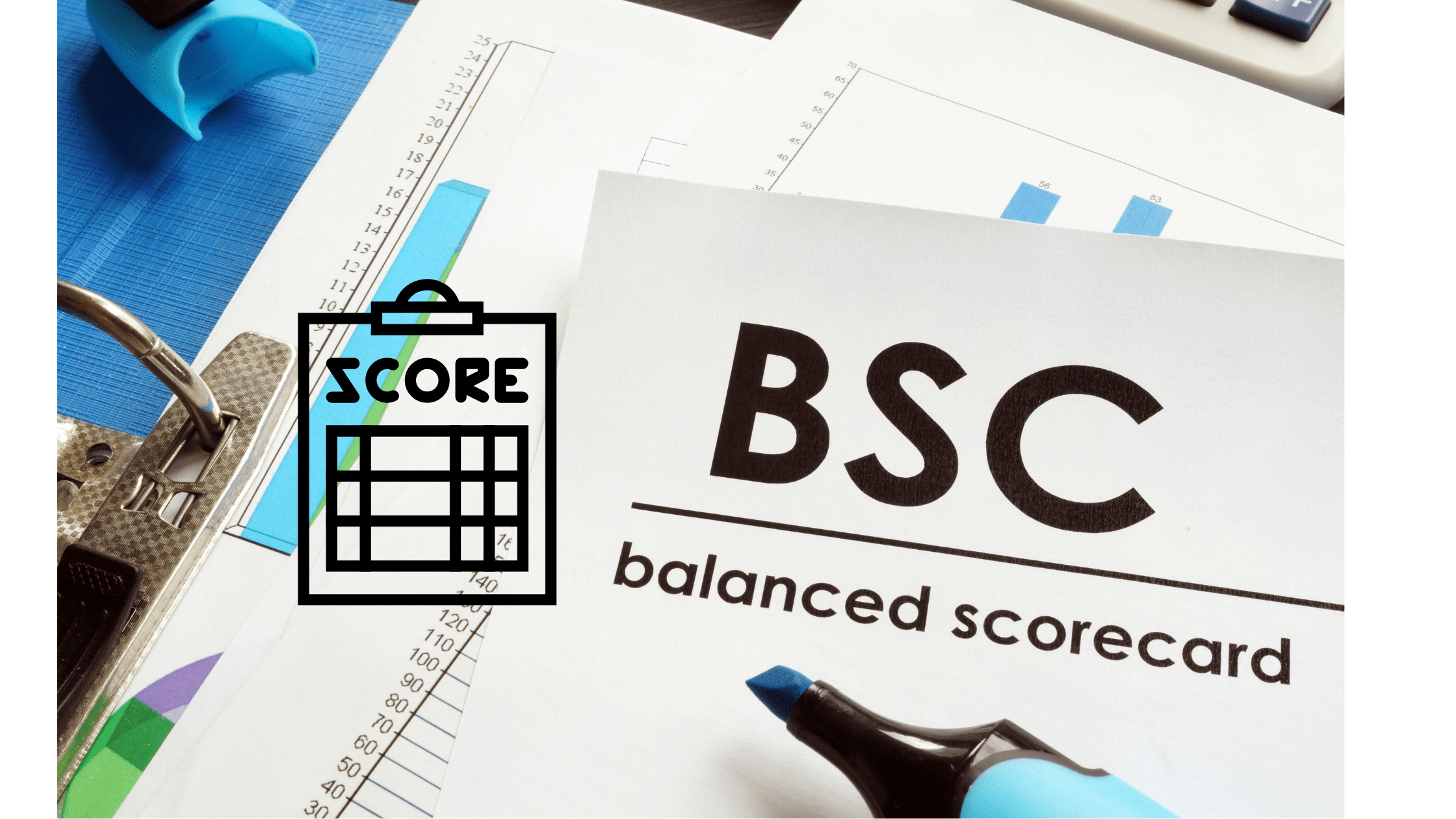A Key to Effective Supplier Management. To get additional value from the supply chain, focusing solely on Quality, Cost, and Delivery (QCD) is no longer sufficient.
Supplier Evaluation Score Card
To get additional value from the supply chain, focusing solely on Quality, Cost, and Delivery (QCD) is no longer sufficient. The future of supply chain management lies in building lasting partnerships with critical suppliers. It is crucial for SCM leaders to embrace digital transformation, data, and possibly even Artificial Intelligence (AI) to drive supplier excellence. Clearly defining the “success criteria” and expectations from all suppliers is a crucial first step in supplier performance management.
Why is it required?
A well-designed Supplier/Vendor Scorecard will help both manufacturers and suppliers keep track of all Key Performance Indicators (KPIs). A metrics-driven supplier management system with a partnership mindset will act as a game-changer for procurement operations.
– Reduce supply chain costs: A supplier scorecard can help reduce overall supply chain costs by identifying key suppliers. For example, if a vendor delivering raw materials to your company is consistently late, you can calculate the costs of those delays. Then, you can search for a new vendor who can deliver on time, saving on those late costs and improving business efficiency.
– Provide a better understanding of the supply chain: Using a supplier scorecard can help companies gain better insights into their supply chain. Companies can study each vendor carefully, learning about their processes, prices, commitment to quality, and delivery efficiency. They may also uncover logistical challenges such as supply scarcity, fuel cost effects, and delivery times. With a comprehensive understanding of the supply chain, buyers can make adjustments to increase efficiency.
– Improve supplier communication: Sharing scorecards with suppliers encourages communication between organizations. Suppliers may strive to achieve the highest ratings on the scorecard to strengthen business relationships, and buyers can discuss any changes in their status. Communicating with suppliers allows businesses to establish firm boundaries and expectations, holding suppliers accountable for meeting those expectations. It also enables suppliers and businesses to explore challenges in the supply chain and co-create solutions.
Important metrics in the supplier scorecard
– Quality: Ensuring the highest product/service quality is essential. Evaluating suppliers based on criteria like the number of defects in a product, the percentage of defective parts, or consistency issues is crucial. It is found that 90% of orders should be perfect to satisfy customers.
– Cost: To evaluate supplier costs, companies can consider these questions: Does the supplier offer competitive prices? Does the supplier require early invoice payment? Do prices remain stable for the agreed period? Does the supplier provide detailed invoices and accurate cost information?
– Delivery: To evaluate delivery performance, companies can consider these questions: How is the on-time delivery rate? What is their lead-time variance?
– Sustainability: The supplier’s proactive approach in identifying opportunities to provide products or improve processes and services that positively contribute to CSR is valuable. According to a case study in the agro-food sector, business interest in sustainable suppliers is growing. “A new method in selecting sustainable suppliers combines two dimensions: The supply chain’s sustainability performance and sustainable supplier selection criteria (business, structure, sustainability, interaction)” [1].
Challenges
– Engagement: A scorecard’s effectiveness depends on the responsiveness of suppliers. Timely surveys from all stakeholders are therefore critical.
– Comparability: One key benefit of a scorecard is the ability to compare suppliers based on specific performance indicators. For effective comparison, data should be normalized.
– Not including the right metrics: Including less effective metrics undermines the scorecard’s implementation. Conversely, too many metrics make the process cumbersome and difficult to track. A study of 20 medium to large organizations in the electronics manufacturing and construction industries in Germany and the UK found a significant inadequacy between the critical success factors and the strategic supplier evaluation criteria [2].
– Data integrity and manipulation: Disconnected tools like email chains and Excel sheets often complicate data aggregation and display. Tracking data inputs is simplified by storing and accessing relevant data on the same platform.
– Ineffective communication: An effective scorecard implementation should include a regular feedback loop. Suppliers must understand the business objectives of buyers to leverage scorecard metrics efficiently. Regular communication is needed for performance improvement.
Continuous improvement themes
Supply chain disruption compels organizations to rethink how they manage suppliers and create sustainable relationships. Like managing relationships with key accounts, it is important to manage the relationship with existing suppliers, prioritize, and track their performance consistently, not just during RFPs. Better collaboration should be the continuous objective.
As a Buyer:
– Collection, aggregation, and analysis of mission-critical performance indicators
– Transparency in data sharing
As a Supplier/vendor:
– Training and education
– Regular feedback mechanism
Both buyers and suppliers need a collaborative platform for transparent communication to build long-term relationships. There is always room for improvement in measurable KPIs, but this should not end the relationship. Instead, it can be an opportunity to collaborate for better results.
One size should not fit all
While having a single scorecard for all suppliers is convenient, fixed metrics may not suit all suppliers, and the same data may not be available from different suppliers. Customizing the scorecard for each supplier and adjusting it according to business needs and goals is better. Scorecards developed without considering senior management’s goals and objectives are less likely to succeed and gain support in the form of resources.
Reciprocity when approaching vendors about a scorecard
Including improvement scope in the scorecards and indicators for corrective action is important. When supplier performance declines, Supplier Corrective Action Requests (SCARs) should be issued as formal communication. It should be a two-way communication, and suppliers should reciprocate the performance metrics.
Similarly, the best suppliers should be identified using scorecards, allowing buyers to prioritize these supplier relationships. These suppliers can be rewarded with more business opportunities, strategic partnerships, or certifications.
Collaborative Education and Training
Some metrics or performance indicators may not be clear to suppliers. Spending time educating and training suppliers on the scorecard can be beneficial. If suppliers understand how they are being evaluated, they can improve specific aspects of the buyer-supplier relationship.
The need for technology
Even with the correct metrics and performance indicators, evaluating suppliers based on a scorecard is a very manual process. As the company grows, manually tracking data from all vendors is tough and time-consuming. A digital tool can help in better collection and tracking of critical KPIs as well as improved collaboration between buyers and suppliers.
Automating Scorecards with the help of SaaS Software
– Quality Performance Check (Product & Services): Systematic measurement, reporting, and analysis of supplier quality (deviations, complaints, claims, project quality, etc.) will help you identify and cut out suppliers that aren’t meeting standards, ensuring better quality products and services for your end customers.
– Easy Follow-up on SLAs: A service-level agreement (SLA) defines the level of service you expect from a vendor and outlines the metrics by which service is measured, along with remedies or penalties for not achieving agreed-upon service levels. Specific software can help in the definition, measurement, follow-up, and actions for agreed-upon SLAs. Contract compliance can be challenging, but having the right tools can help significantly.
– Increase Buyer-Supplier Collaboration: B2B software such as EvaluationsHub can help you with scorecarding. It provides a common platform to enhance buyer-supplier relationships and collaboration. It can provide both sides with clear facts and expectations, helping build trust, respect, and mutual goals.
– Make Sourcing and Procurement Decisions Data-Driven: Making systematic and data-driven decisions should be a priority for most B2B companies. Using SaaS software for supplier scorecarding will provide the insights needed for data-driven decisions. It will still require the emotional intelligence (EI) and human intelligence (HI) that makes you a talented procurement professional in the first place.
References
[1] Verdecho, M.-J. et al. (2020) ‘A methodology to select suppliers to increase sustainable Journal of Operations Research, p. 1. doi: 10.1007/s10100-019-00668-3.
[2] Kotula, M. et al. (2015) ‘Strategic sourcing supplier selection misalignment with critical success factors: Findings from multiple case studies in Germany and the United Kingdom’, International Journal of Production Economics, 166, pp. 238–247. doi: 10.1016/j.ijpe.2014.12.039.
[3] https://futureofsourcing.com/9-benefits-of-supplier-performance-management-software




